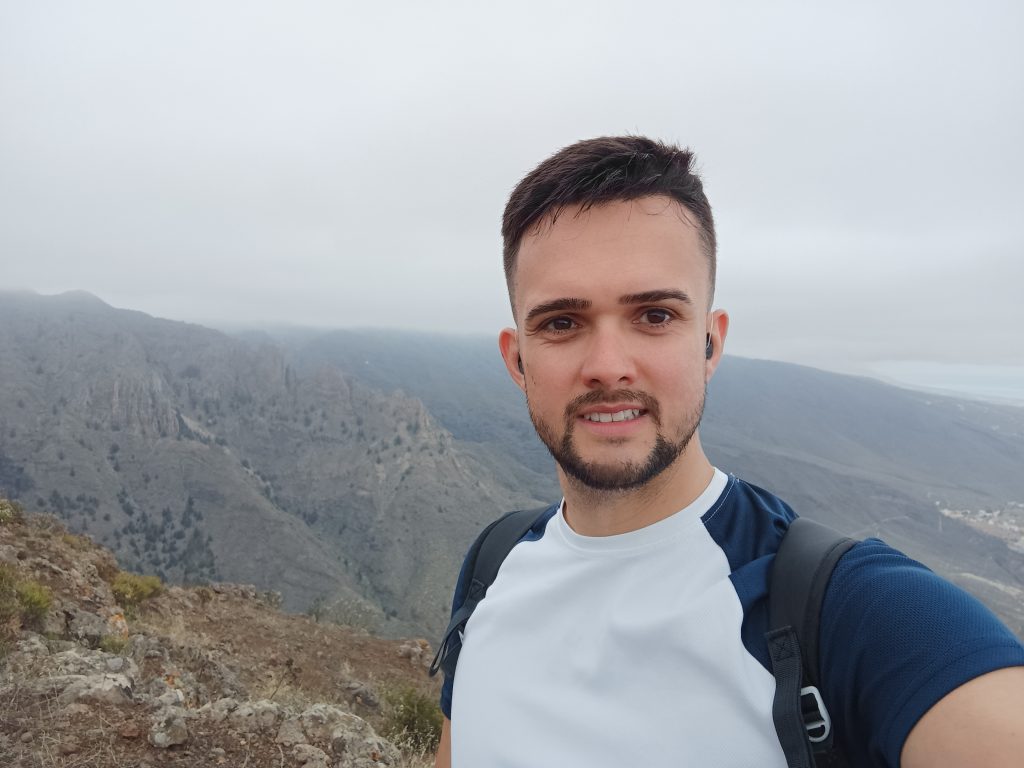Tilburg University
Methodology and Statistics
Email
Website
Project
Many pressing research questions seek to uncover ‘hidden mechanisms’ – i.e., relations between variables that are not directly observable – and compare them over individuals and time. For instance, in these unprecedented times, psychologists and behavioural researchers around the world are intrigued by research questions such as the following: What is the effect of social distancing on the dynamics of loneliness and psychological well-being in daily life? Why do some people waste away whereas others seem to thrive? Which types of people are more at risk? To what extent does their resilience depend on their personality and/or coping strategies? How does it change over time and why?
The variables of interest are oftentimes not directly observable: they are latent variables measured by questionnaire items containing measurement error. This implies that the well-known structural equation modelling (SEM; Kline, 2015) framework is required to study relations between them properly. Throughout this proposal, I will also refer to structural relations among latent variables as ‘latent processes’ or ‘mechanisms’.
Despite the need to gain insight in these latent processes, the existing SEM methodology cannot provide comprehensive and valid answers for the following reasons:
(1) The studies pertain to repeated measures for many subjects. A large number of subjects makes it unlikely that the same mechanisms are at play for all of them. At the same time, discerning interventions to enhance well-being requires at least some generalization across subjects, so finding similarities across many groups/subjects is just as important as finding differences.
(2) The measurement of the latent variables is most likely inequivalent or ‘non-invariant’ across the subjects and across time (Meredith, 1993). Disregarding these differences in the so-called ‘measurement model’ invalidates the comparison of latent processes between subjects and over time (Vogelsmeier et al, in press). Measurement differences (non-invariances) pertain to two levels, corresponding to two steps towards measurement invariance: level-1 non-invariances hamper the comparison of latent processes, whereas level-2 non-invariances do not hamper the comparison of latent processes. Level-1 non-invariances need to be dealt with beforehand, by removing items or units that cause the non-invariance, whereas level-2 non-invariances can be accounted for by including differences in measurement parameters across groups/subjects. In fact, modelling ‘level 2’ non-invariances, instead of ignoring them, is essential for a valid comparison of latent processes.
For longitudinal data, it is interesting to make either the cluster membership and/or the latent processes dynamic over time. In multisubject intensive longitudinal data, like the popular experience sampling studies (questioning participants via smartphone apps), dynamic latent processes are captured: i.e., how the latent variables affect one another from time point to time point. To capture these dynamic mechanisms, dynamic SEM (DSEM; Asparouhov, Hamaker, & Muthén, 2018) is the state-of-the-art. It falls short, however, when it comes to including partially person- and/or time-specific measurement models. In experience sampling data, measurement model differences among participants are very likely (Molenaar & Campbell, 2009) because participants apply different response styles. Events in daily life may also cause the measurement model to change over time. Therefore, this PhD project will focus on developing new methods and extending existing methods to validly compare dynamic processes between persons and over time, even when measurement non-invariance exist between persons and/or over time. In this way, the project will contribute greatly to the measurement quality of experience sampling studies.
Supervisors
Dr. K. De Roover
Prof. Dr. J.K. Vermunt
Dr. L.V.D.E.Vogelsmeier
Financed by
NWO VIDI grant to K. De Roover
Period
2022 – 2026

